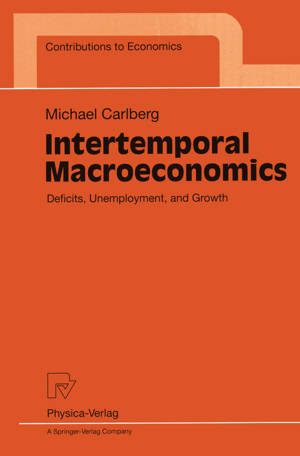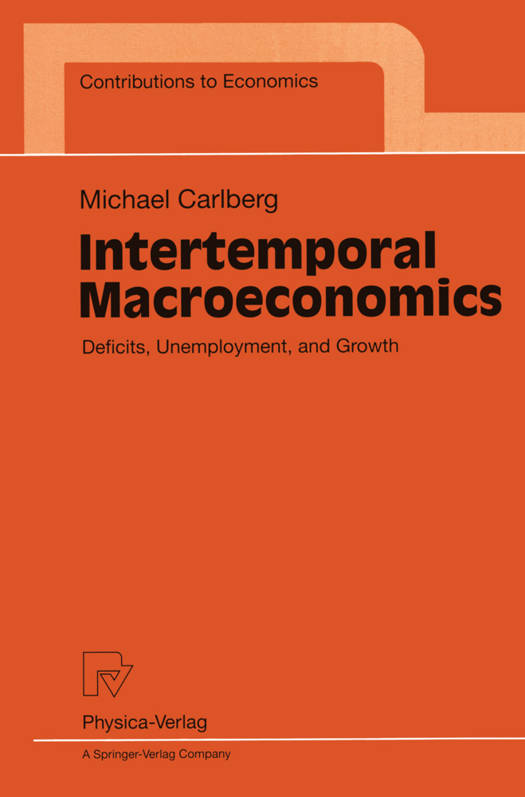
- Afhalen na 1 uur in een winkel met voorraad
- Gratis thuislevering in België vanaf € 30
- Ruim aanbod met 7 miljoen producten
- Afhalen na 1 uur in een winkel met voorraad
- Gratis thuislevering in België vanaf € 30
- Ruim aanbod met 7 miljoen producten
Zoeken
€ 52,95
+ 105 punten
Omschrijving
This book is concerned with the long-run effects of budgetary and financial policy on aggregate demand and supply. Here the long run is characterized by the accumulation of public debt and foreign assets. This gives rise to a number of questions. Will the long-run equilibrium be stable? What does long-run instabi- lity imply? Is the long-run multiplier smaller than the short-run multiplier? Can the long-run multiplier become negative? This book takes a new approach to macroeconomic policy. It assumes a growing economy, as opposed to a sta- tionary economy. And it assumes that the government fixes the deficit rate, as opposed to the tax rate. It is argued that economic growth is an important factor of long-run stability. Similarly, it is argued that a fixed deficit rate is an important factor of long-run stability. Previous versions of some parts were presented at the Conference on Money, Banking and Insurance, at the Annual Congress of the European Economic As- at the Annual Conference sociation, at the Symposium on Operations Research, of the Royal Economic Society, at the Jahrestagung des Vereins fUr Socialpolitik and at the Conference on Dynamic Disequilibrium Modelling. I have benefited from comments by Friedel Bolle, Giuseppe De Arcangelis, Giancarlo Gandolfo, Ulrich Geiger, Alfred Maufiner, Jochen Michaelis, Wolfgang J. Miickl, M. J. M. Neumann, Daphni-Marina Papadopoulou, Franco Reither, Karlhans Sauernheimer, Michael Schmid, Paul Bernd Spahn, Hans-Werner Sinn, Torsten Tewes, G. F. T. Wolswijk and Jiirgen Wolters.
Specificaties
Betrokkenen
- Auteur(s):
- Uitgeverij:
Inhoud
- Aantal bladzijden:
- 240
- Taal:
- Engels
- Reeks:
Eigenschappen
- Productcode (EAN):
- 9783790810967
- Verschijningsdatum:
- 16/04/1998
- Uitvoering:
- Paperback
- Formaat:
- Trade paperback (VS)
- Afmetingen:
- 156 mm x 234 mm
- Gewicht:
- 358 g

Alleen bij Standaard Boekhandel
+ 105 punten op je klantenkaart van Standaard Boekhandel
Beoordelingen
We publiceren alleen reviews die voldoen aan de voorwaarden voor reviews. Bekijk onze voorwaarden voor reviews.











